Facing Fears and Crossing Bridges in Sydney, Australia
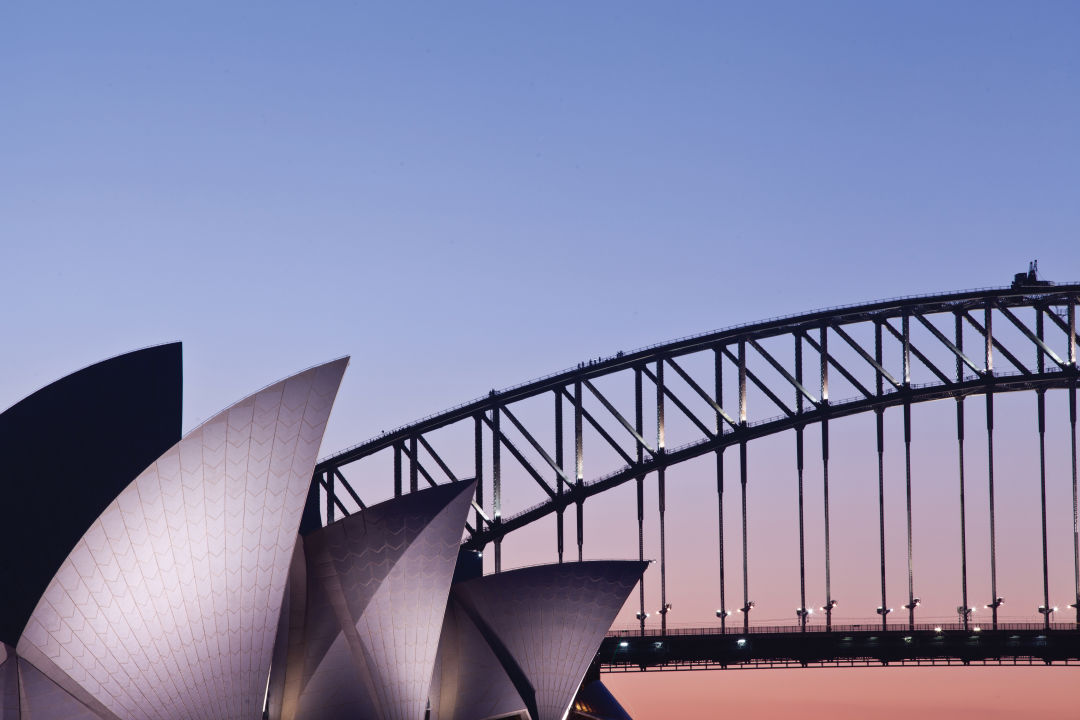
Australia and I are not a natural fit. The Land Down Under studiously disdains wimps, and I am one. Even as others remain transfixed by the untamed, unspoiled recklessness of earth’s continent-country, I am indoors tending a fear ladder of Australian terrors: snakes curled up under toilet lids, animals with pouches, Bondi Beach sharks, flying foxes, ticks with paralyzing poison, Vegemite, Nicole Kidman, dingoes, searing and carcinomic sunshine, a Google Maps image I once saw of a couple having sex roadside in the Outback, and Nicole Kidman again.
So why am I here? The only possible answer is United Airlines, which is both ignorant of my fears and willing to part with a free roundtrip seat on its new nonstop Houston-Sydney flight. I protest, frothing about journalistic ethics, but really it’s agoraphobia that holds me back, that and concerns about what 17 hours in coach might mean for my fragile mental state. Still, just two magic words later—business class—and I’m Googling antivenom and packing my bags.
The pleasures of 8C are otherworldly. United’s Polaris service is as far from my typical flight experience as Texas is from Sydney. There is obscene bowing and scraping by flight attendants, there are wine flights and chocolates with obscure nougats. There are pajamas and blankets from Saks Fifth Ave, endless courses of roasted lamb roulade, prawns with melon salsa, and finally, just to nudge the experience into the truly absurd, a cart for serving custom-built hot fudge sundaes. This is what being royalty or Scott Pruitt must be like, I tell myself, and soon I’m in the throes of a full-fledged, cabinet-level power trip, flirting amiably with the married woman to my right, also a first-time Australia visitor. We talk of dreams and disappointments, the hours fly by, and for a long time I forget that Australia is waiting to bully me. We will both crawl the pubs of Paddington, we decide, but from there our paths will diverge. I will slurp Sydney’s famous rock oysters at Bondi and she will interact with koalas at Taronga Zoo. I will go to the famous opera house and she will climb the Sydney Harbour Bridge.
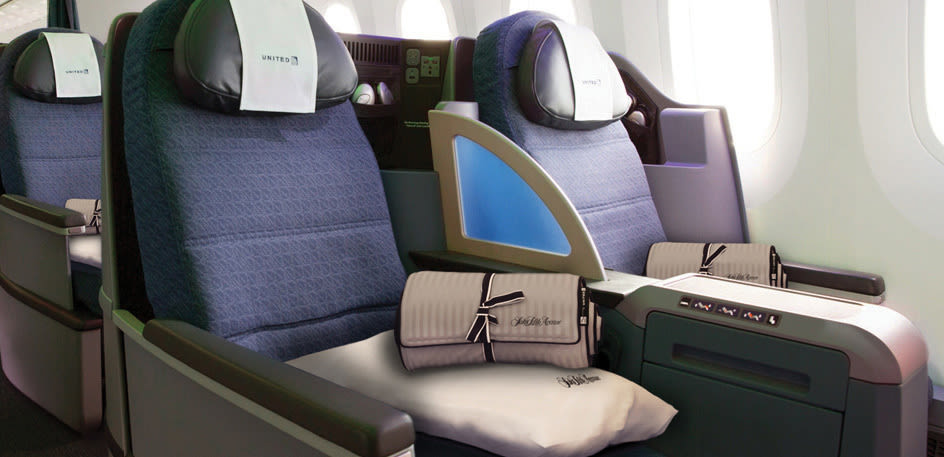
United's Polaris class
Image: Courtesy of United Airlines
“But you are going to climb the bridge, right?” she wonders, incredulous. Well, no, I say. This is a tightly scripted, three-day junket. If I do the bridge, I miss the opera house. “You have to. The bridge is once-in-a-lifetime.” They’re doing a medley of Puccini’s greatest hits. “There’s nothing like it.” Act III of Tosca.
“Are you afraid of heights? You are, aren’t you?”
This was just the sort of locker room hazing I’d expected from Australians and their American admirers. I vowed not to be drawn in, however. I would treat the country as I do all bullies, with dignified indifference. I’d calmly stick to my plan: scrutinize Sydney from behind glass, confine my attention to watering holes and coffeehouses and the high-end shops of the Queen Victoria Building, avoid any hint of the great outdoors, and fly home with exactly zero mysterious welts and bruises. At which point I learn that being unaware of one’s surroundings is a crime in Australia.
“The government has been putting signs on the ground saying, Are You Aware of What You’re Doing?” intones Pam, our guide on a bus tour through town. Today is Sunday and the central business district is empty, but tomorrow, Pam assures, the sidewalks of St. George and Oxford streets will be heaving with headphoned, Android-jangled, jaywalking commuters, whereupon policemen in checkered caps will fine them 50 bucks for obliviousness. “People are looking down but they’re not looking out, so we’ve had a few nasty incidents.”
Of course, looking down but not out is my entire mission, and so for a long time I camp out in my 14th-floor room at the Shangri-La Hotel, which is easy as it offers a postcard panorama of the harbor. To my right there is a spectacular view of the opera house whenever a cruise ship is not in port. At left sits the Harbour Bridge, an iconic masterpiece of steel and six million rivets hitherto known to me only as the launch point of the city’s New Year’s Eve fireworks. I watch it careen across the bay in a giant arc rising hundreds of feet above the city. At the top, a tiny Australian flag battles vainly against the wind. Also at the top are—people. I shut the drapes and troll the minibar for pinot.
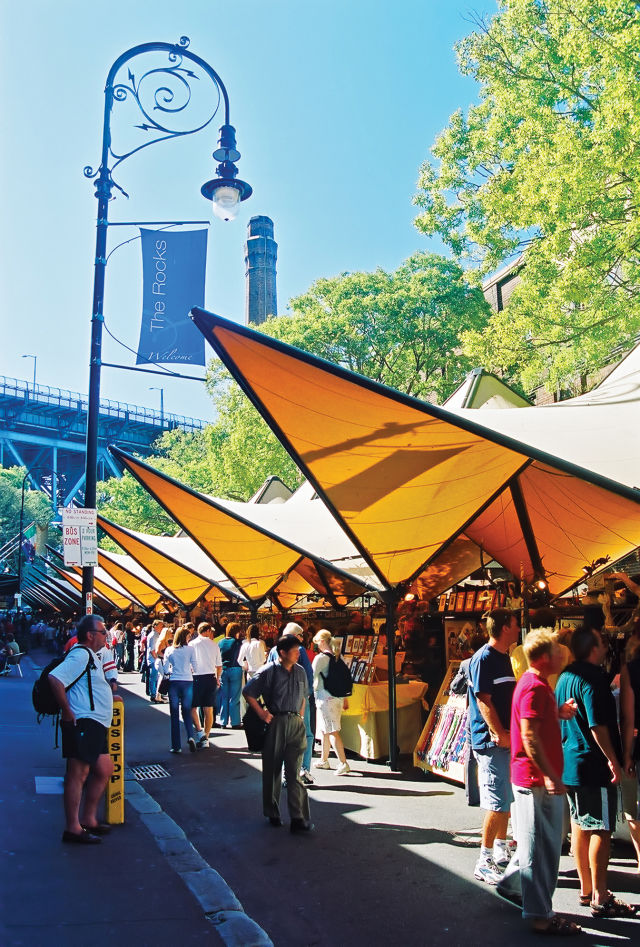
Sydney's weekend bazaar: Rocks Market
Image: Shutterstock
A few days before my arrival in Sydney, according to news reports, police received a call that a kangaroo had been spotted crossing the Harbour Bridge. The animal, which instead turned out to be a wallaby, initially evaded authorities, sparking a chase in lane eight that involved numerous cops and great fanfare on Twitter. It was apprehended and subdued eventually, though not before hopping over to lane one and exiting the bridge at Macquarie Street, where the wallaby was cornered, taken to a local hospital, and placed in intensive care. There, the animal, whom police had by now named Skippy, received fluids and pain meds and was placed under observation.
“See? There’s no escaping nature in Sydney,” laughs the woman who tells me that story. “We bring the outdoors in.” She is a merchant selling saffron at the city’s weekly Rocks Market in the historic district, a place I trek to only because I don’t like the chips in the minibar. But there, underneath canvas tents of elegant geometry, I discover the quirkiest collection of vendors in the southern hemisphere, men and women hawking biltong and kangaroo leather necklaces and a device allowing women to zip in and out of their dresses without help. There too I get my first taste of what I will later dub the world’s greatest January weather, with cornflower blue skies and cool breezes rippling over the tents. And there too I realize that experiencing Sydney behind glass will be impossible, for the city is forever bringing the outside in.
Witness the still-under-construction Barangaroo, a vast urban renewal project extending from the central business district to the waterfront. Already complete is a building known as Barangaroo House, which looks like three gigantic plates stacked in a cupboard, each with copious open-air seating on its lip. A trio of establishments, it includes two bars and, between them, a restaurant known as Bea. Drawn originally by Bea’s pledge to be “a far cry from the carnivorous, masculine grills of yesterday,” I’m initially most impressed by the interior vegetation and handsome amber floors of indigenous tallow wood coursing seamlessly from chocolate-colored banquettes to a wide veranda. Nature intrudes on the dishes too—bits of crickets are used to flavor the butter, tyrant ants fleck the asparagus—although every creation of chef Cory Campbell is imaginative and delicious at once, from starter (those oysters!) to dessert (a Bea-shaped ring of chocolate atop a caramel center).
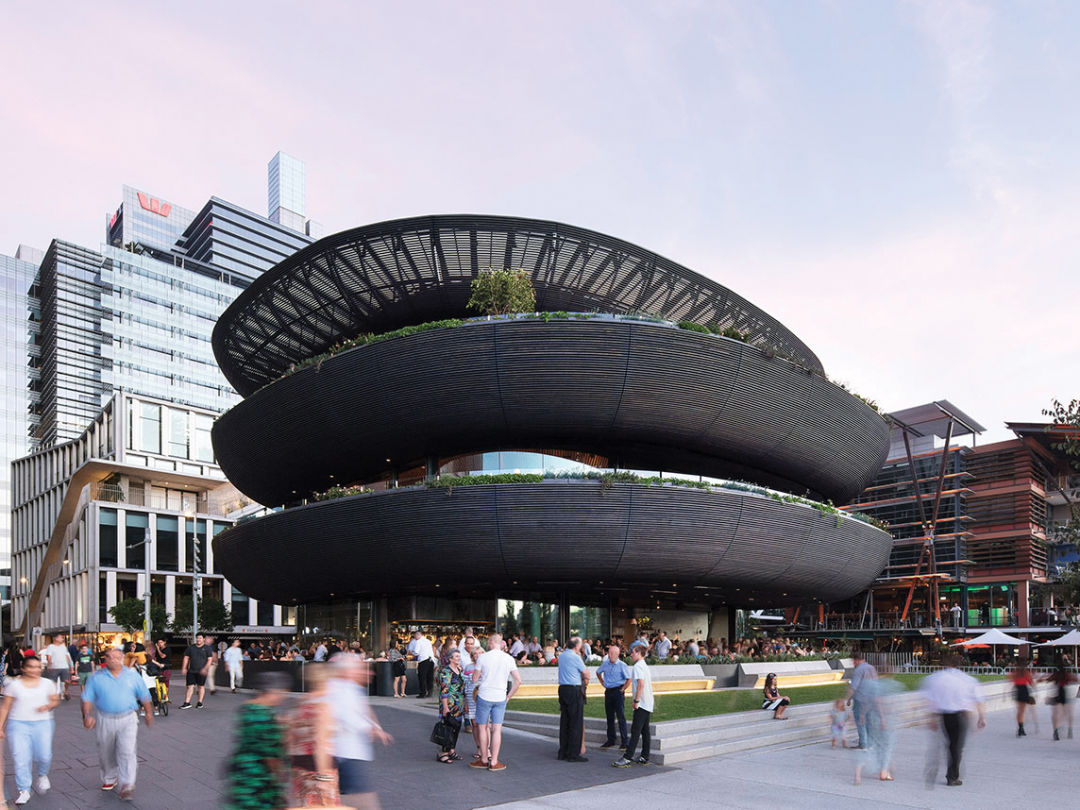
Barangaroo House
Before it was a development, Barangaroo was a person, an 18th-century aboriginal woman whose ancestors had dwelled in or around the harbor for thousands of years. After the British arrived, bringing with them smallpox, Western ways, and hardened criminals—Australia was once a penal colony—Barangaroo and her clan, including husband Bennelong, were forced to choose between assimilation and resistance. He went the former way, learning English, drinking booze, and later hobnobbing with King George. Barangaroo, not so much. After initially declining an invitation to visit a British settlement (and then busting Bennelong’s fishing spear after he went without her), Barangaroo finally relented on the condition that she be allowed to attend the hosts’ dinner party dressed in native garb. No record exists of the Brits’ reaction to the woman covered in white clay wearing a bone through her septum, but the gesture is now considered a “proud statement of her spirituality and culture.” Or so says the Barangaroo Delivery Authority, the government agency in charge of the billion-dollar, mixed-use development named, somewhat perversely, for a woman who fought change on the peninsula at every turn.
“She was the original freedom fighter,” says Mary Mumballa, while leading a tour of Barangaroo Reserve, a newly created park. Mumballa grew up in an aboriginal community south of Sydney, and the support of such constituencies has been an important ingredient in Barangaroo’s success. Whatever one’s views of such projects, it’s hard not to be excited by the reserve. A toxic industrial wasteland to which the public had no access for over a century now boasts a 15-acre harborside park featuring sandstone promenades, extensive shoreline bike paths, and 75,000 native plants.
“It’s estimated that in 5 to 10 years, you might be able to swim in this part of the harbor again,” says Mumballa, gazing proudly at the bay from the reserve’s highest point, an area dotted with eucalyptus and Moreton Bay fig trees. This is the same spot Mumballa visited a few years back, when she asked God whether to lend her support to this “monster development” (per The Guardian). “I got my sign that I was right to be here,” she says simply.
Now she works tirelessly to ensure that Barangaroo, perhaps inevitably a province of chic boutiques and penthouse apartments, is also “a place of reconciliation” where visitors can learn about the Eora Nation, whose members had an intimate relationship with the waterfront. Passing a pigface plant, Mumballa tells us that its flowering signaled a “time for the Eora to fish for flathead and flounder,” while a budding wattle shrub meant “whales were migrating into the harbor to have their calves.” Meanwhile, the reserve itself has, of late, seen a migration of its own, its vistas and stately indigenous fauna drawing Sydneysiders from all over. “I think that might even be why wallabies are hopping across the bridge,” laughs Mumballa.
Meanwhile, it’s thanks in part to two native trees that millions of visitors hop to the Sydney Opera House each year, believe it or not. The bold magnificence of Jørn Utzon’s sail-like design may be why the structure reigns as the country’s most iconic, but credit for its indoor pleasures belongs to white birch and brush box trees. Both are found in Australia’s rain forests, and both contribute mightily to the world-famous acoustics of the concert hall, adorning its ceiling, walls, even its seats. The sound is warm and gorgeous, I find, although the program of famous arias disappoints. This is no fault of Opera Australia, whose singers are in fine form. And I’ve no problem with a concert composed of 19th-century chestnuts either, the 19th being the best century for chestnuts. No, the thing that disappoints me about the concert is its date and time, both of which I’d apparently gotten wrong before. I’d been counting on the opera house to save me from the bridge climb.
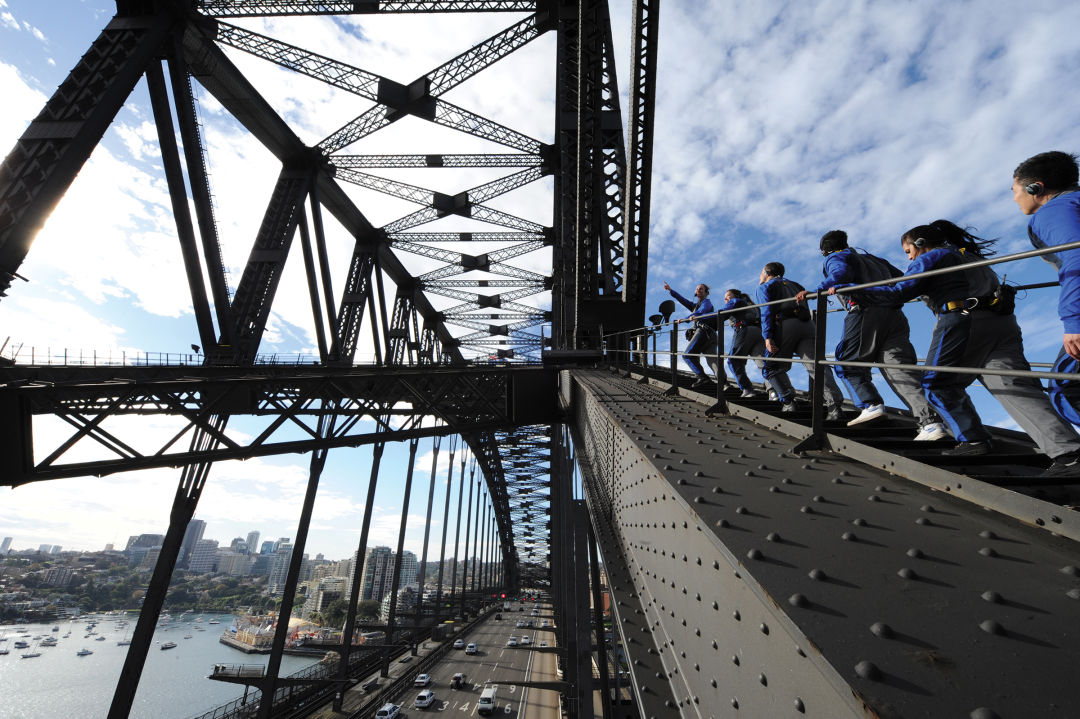
Climbing the Harbour Bridge isn't for the faint of heart, except when it is.
While I’m standing beneath the Harbour Bridge the next day, it occurs to me that my knees are shaking and I am desperately craving a gin and tonic. This I cannot have because 1) it is 9 a.m., and 2) everyone gets breathalyzed prior to the bridge climb, which 3) tells you something about the lunacy of “one of the world’s top ten biggest adrenaline rush experiences” (thanks a lot, Lonely Planet). The pace at which I change into a jumpsuit is glacial, passive-aggressive, despite a guide’s assurances that since 1998, when the Harbour Bridge opened for climbing tours, three million-plus people have paid more than $200 to scale it, and none of them has ever fallen, thanks to belts and harnesses that tether teams of climbers to each other and the bridge itself. Such procedures ensure climbers’ safety, of course—and ensure too that any last-minute attempts to back out will involve complicated unharnessing and humiliating stares.
“The first steps are the hardest,” says the guide. A door opens, our group slides onto the bridge as one, and my heart pounds. Soon I am dizzy, nauseous, numb, sweating, hating Australia. “All of these sensations are completely normal,” I say to myself, channeling the words of Gemma Cribb, a clinical psychologist whom the bridge actually employs to help climbers face their fears. “They will go away by themselves if you give them time and try to distract yourself away from your unhelpful thoughts.”
I try to distract myself away from thoughts of how mad I am at the country of Australia, a hitherto dependable diversion. But over the next hour, as I climb through the heart of the bridge, braving catwalks, narrow passageways, ladders, and steep stairways, my anger completely evaporates, as does my fear. With every step I bring more of the outdoors in, until I am nearly weightless, just like this cathedral of steel. Australia is not a bully and I’m not a wimp. Like the giant flag I’ve now come face to face with, which is also the little flag I saw from my room, I am battered yet intrepid. Make no mistake, upon my descent I will still need a gin and tonic or two, preferably the ones at the Glenmore Hotel’s rooftop bar. But now I will hop there gleefully, like a marsupial evading the authorities.
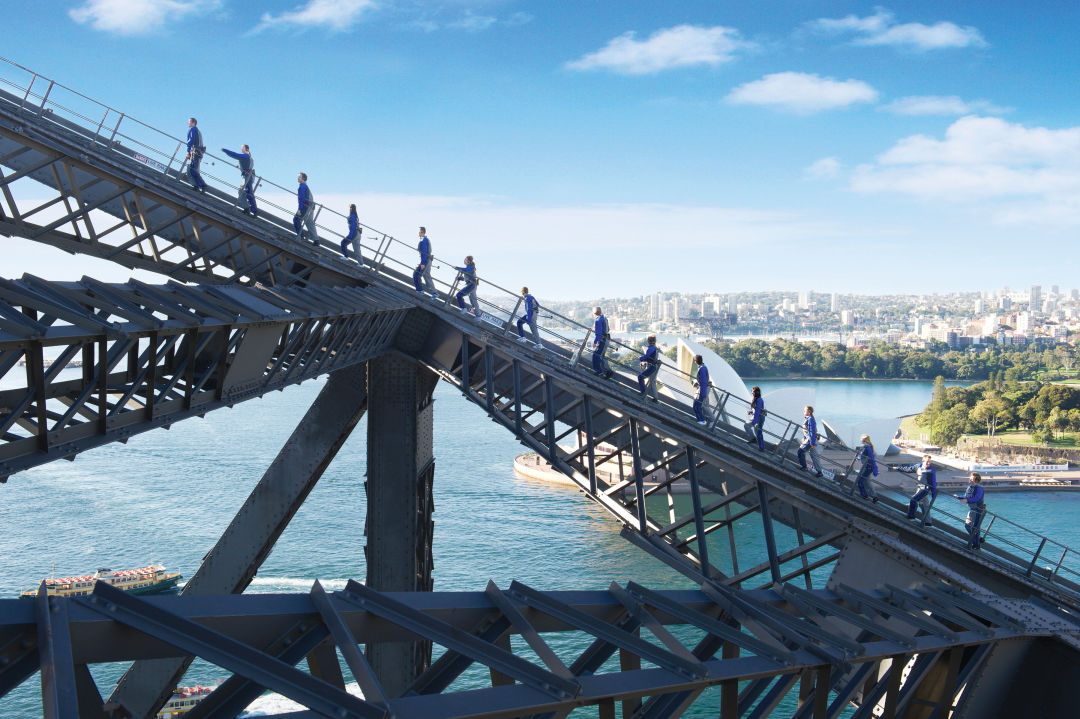
Traveler's Tips
How To Go
United Airlines’ daily IAH-Sydney service offers the only nonstop flights from Houston to Australia. From August through November (spring in Sydney), roundtrip fares may be found for as low as $971 on booking sites, while seats in business class are $9,954 and up.
Where to Stay
The Shangri-La Hotel Sydney, a high-rise property in the central business district offering incomparable views of the Harbour Bridge and Opera House, is a perfect home base for first-time visitors. Rates this fall start at just over $200 a night.
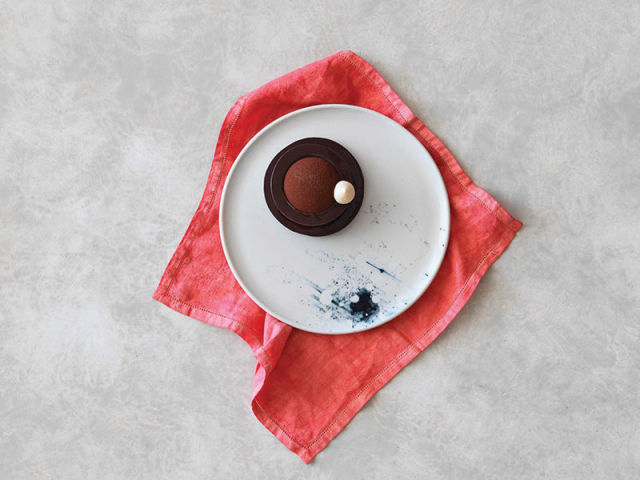
Dessert or architectural homage? Bea.
Image: Courtesy of Bea
Where to Dine
If you don’t eat well in Australia, it’s your own fault. There are diverse and exciting culinary offerings at nearly every turn. At Bea at Barangaroo House, don’t miss the Sydney rock oysters, the steak tartare and the potatoes with wattleseed. Meanwhile, not far from the opera house you’ll find the aptly named Aria, where celebrity chef Matt Moran presides over what is arguably the city’s most celebrated eatery, with its most (inarguably) stunning views. Also in the central business district, but on a secluded lane away from the water, there's the new Kid Kyoto, where chef Seb Gee is serving up some of the hemisphere’s most beautiful and creative dishes—from a delightful kingfish and watermelon ceviche to a Calpis granita. And no visit to Sydney is complete without a trip to Bondi Beach, just 15 minutes from town, where the dining room at Icebergs boasts unbeatable views of both the world-famous crescent shoreline and surfers paddling the waves.




